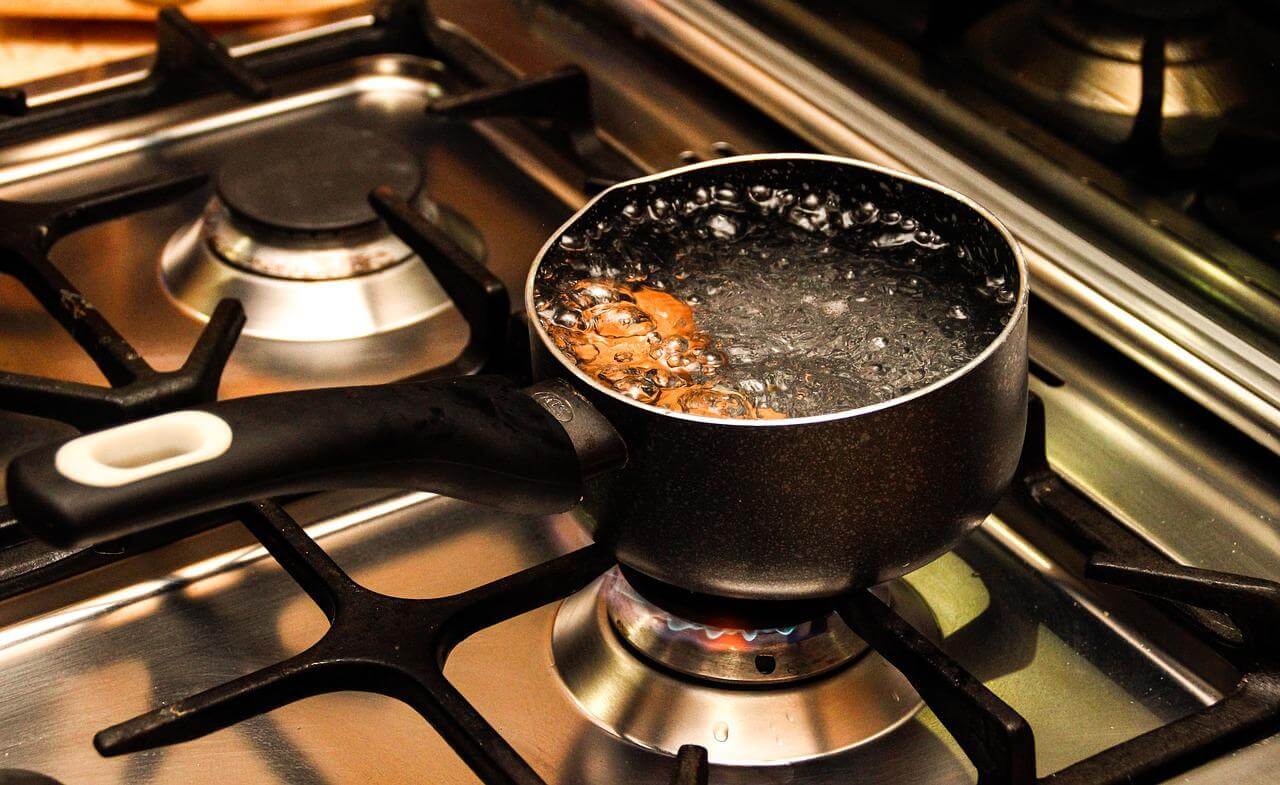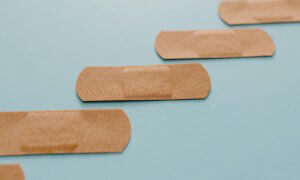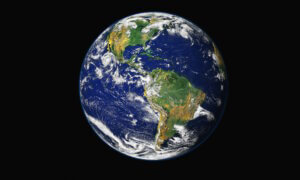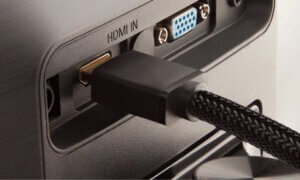Water boiling might seem like a process so simple that science couldn’t possibly improve but this research shows there is a way.
MIT scientists released a press release announcing they found a way to boil water quickly.
Their process improves the two key parameters important to the boiling process: the heat transfer coefficient (HTC) and the critical heat flux (CHF).
Traditionally, improving one of those parameters affects the other one for the worse, but this project shows a way both could be improved.
The secret? Vapor.
“If we have lots of bubbles on the boiling surface, that means boiling is very efficient, but if we have too many bubbles on the surface, they can coalesce together, which can form a vapor film over the boiling surface.
If we have vapor in between the surface and water, that prevents the heat transfer efficiency and lowers the CHF value,” said study co-author and researcher Youngsup Song Ph.D. ’21.
Essentially, by introducing that flm they can create resistance to the heat transfer from the hot surface to the water.
To do so, the researchers added a series of microscale cavities to a surface, effectively denting it and increasing the surface area in contact with water, so that they could control how bubbles form.
With bubbles trapped in those dents and more surface , they couldn’t rise and unite into a heat-resisting film.
“In these experiments, the cavities were made in the centers of a series of pillars on the material’s surface. These pillars, combined with nanostructures, promote wicking of liquid from the base to their tops, and this enhances the boiling process by providing more surface area exposed to the water. In combination, the three “tiers” of the surface texture — the cavity separation, the posts, and the nanoscale texturing — provide a greatly enhanced efficiency for the boiling process,” explained the researcher in the press release.
“Those micro cavities define the position where bubbles come up.
But by separating those cavities by 2 millimeters, we separate the bubbles and minimize the coalescence of bubble,” explained Song further.
So, what can be achieved by boiling water more quickly?
For home uses, probably using a slightly textured pan could let you make breakfast faster.
However, for industrial purposes, if these researchers could demonstrate that their technique can be scaled, it would benefit multiple applications, from reducing energy use in electricity generating plants or chemical plants.
You can read the research here.
Rutgers Scientists Develop A Spray-On, Plant-Based Coating That Could Replace Plastics On Food
Follow TechTheLead on Google News to get the news first.































